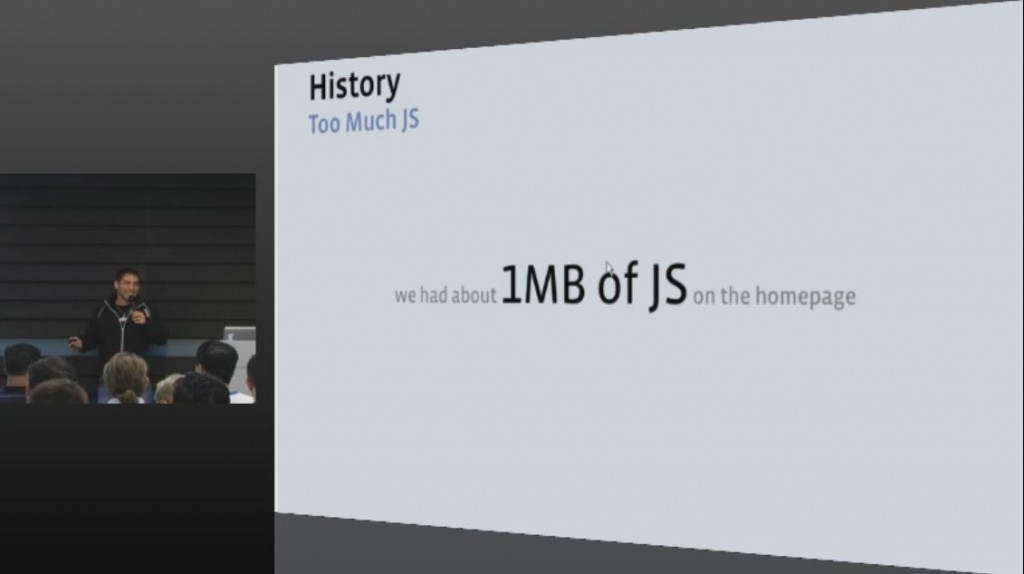BigPipe in ASP.Net MVC using Razor
It’s been some time since I posted the tutorial to implement Facebook’s BigPipe using Microsoft ASP.Net MVC. And since then, Razor view engine has increased its presence for providing a way to implement cleaner views and make it easy to avoid ending up with spaghetti code.
Though now I am focused on PHP, in my previous job we decided to migrate to Razor as soon as possible since it is a more convenient way to implement ASP.NET MVC views, while you can keep your models and controllers code the same. However, Razor does not behave well with the proposed BigPipe solution due to its way of managing the partial views code. You can’t write to the output in your inner views using Response.Write() nor flush because Razor renders pages from inside out. Thus, the inner most view is rendered and written to a buffer, and then the partial view / content place holder where it is defined, and so, until the outer most layout is reached. Then, the content of the buffer is written and flushed to the browser.


